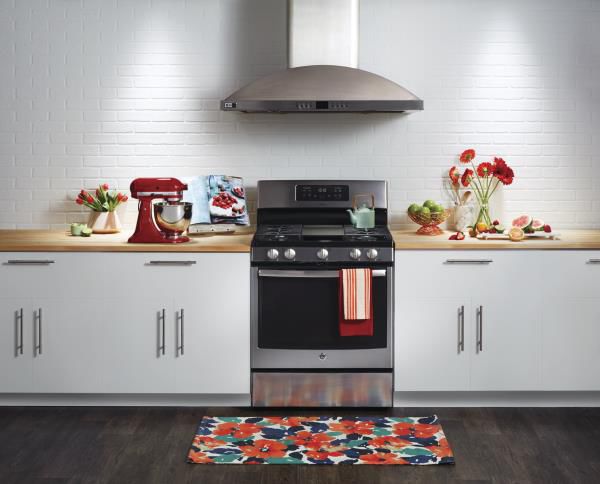
(StatePoint) The average home has 45 light sockets which means you probably have more light bulbs than just about any home product, and yet the lighting aisle can still be a daunting place. With the right knowledge, you can save money, protect the environment and bring the best features of your home to life.
Here are four quick tips to get you started:
• Opt for LED. By 2020, half of all residential sockets will have converted to LEDs, which is good news, as LEDs can last over 10 years and use up to 85 percent less energy than the traditional lighting you may use today. Available in a variety of shapes, sizes, wattages and color temperatures, they are becoming increasingly affordable, too. Just a few years ago, LEDs topped $40, but today you can find a high-quality LED for less than $5. To help people make the commitment to LEDs, GE is asking the public to take the pLEDge to swap just one traditional bulb to an LED bulb. Visit gelighting.com/pledge to take the pledge and earn a coupon toward an LED purchase.
• Pay attention to color temperatures, wattages, shapes and quality of light. A few lighting facts can help you make useful purchases. For example, an average 60-watt replacement bulb would require about 800 lumens. The higher this number is, the brighter the light will be. And remember: when you invest in an LED that’s expected to last more than a decade, you want one that’s going to reliably live up to your expectations, so brands that have been around for a while and have proven their commitment to quality truly matter in this space.
• Identify how you use each room and the mood you’d like to create. Use comfortable, soft white light in cozy places like bedrooms, family rooms and dining rooms. Active spaces like laundry rooms and playrooms can benefit from an energetic daylight bulb. Feature pure, clean lights in kitchens, bathrooms and craft and hobby spaces that tend to benefit from light that delivers exceptional color contrast and brightness. Today, select manufacturers such as GE, are taking the guesswork out of the equation by listing whether each bulb has a warm or cool tone and by offering room and use recommendations on the packaging. A warm white light will have a lower K (Kelvin) number, while a cool daylight will have a higher K number.
• Put your home in its best light. Even with the right colors, perfect accessories and trendy furniture, a home can look lackluster. Look for new options, such as GE’s High Definition LED light bulbs which are engineered with a higher color rendering index for greater color contrast and boldness over an average bulb. This means the colors and features in each room can look even better.
Just imagine a room makeover in five minutes simply by changing your light bulbs. With today’s advanced options, there’s no better time than now to shed some new light in every room in your house.
*****






